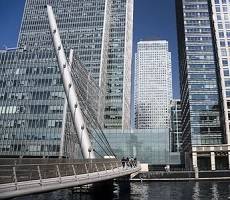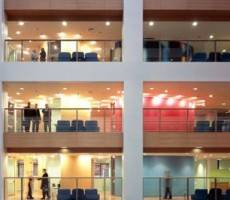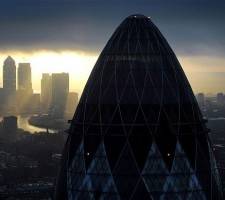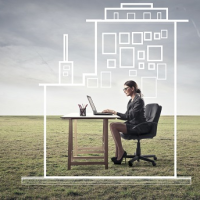April 14, 2015
Latest issue of the Insight newsletter is now available to view online 0
 In this week’s issue; Justin Miller previews this year’s Milan International Furniture Fair; John Sacks reviews the 35th China International Furniture Fair in Guangzhou and Charles Marks explains why Facebook’s new offices sport a traditional open-plan design. News that commercial occupiers in London are willing to pay a premium for outside access and upper floor views, the latest CIPD research finds that one in three workers have experienced conflict at work, and a US-survey highlights the negative impact on productivity of working with a toxic colleague. There is also video footage of Perry Timms‘ talk on the challenges and opportunities of the future of work made at his TedX in Bucharest. Sign up to the newsletter via the subscription form in the right hand sidebar and follow us on Twitter and join our LinkedIn Group to discuss these and other stories.
In this week’s issue; Justin Miller previews this year’s Milan International Furniture Fair; John Sacks reviews the 35th China International Furniture Fair in Guangzhou and Charles Marks explains why Facebook’s new offices sport a traditional open-plan design. News that commercial occupiers in London are willing to pay a premium for outside access and upper floor views, the latest CIPD research finds that one in three workers have experienced conflict at work, and a US-survey highlights the negative impact on productivity of working with a toxic colleague. There is also video footage of Perry Timms‘ talk on the challenges and opportunities of the future of work made at his TedX in Bucharest. Sign up to the newsletter via the subscription form in the right hand sidebar and follow us on Twitter and join our LinkedIn Group to discuss these and other stories.






















March 31, 2015
Time to move on from the anachronistic display screen equipment regulations
by Mark Eltringham • Comment, Legal news, Wellbeing, Workplace design
Not much of a guide to milking a Friesian
The European Display Screen Equipment Regulations were introduced in 1992 as a way of improving the posture and wellbeing of people working on computers in the office. That’s a long time ago. Too long, in fact. Here’s a list of thing that have happened since then – 1. The Internet. Actually, we can stop there. Any piece of workplace legislation that predates the Internet almost certainly won’t be fit for purpose, not least one that is based on how we should work with computers. Yet there it all is on the Health and Safety Executive (HSE) website. It’s all so hopelessly out of date, it’s like starting a farm using an Altamira cave painting as your guide. At the most straightforward level, you can take an image from one of the published guides such as this (below) and play a little game of spot the anachronism.
(more…)